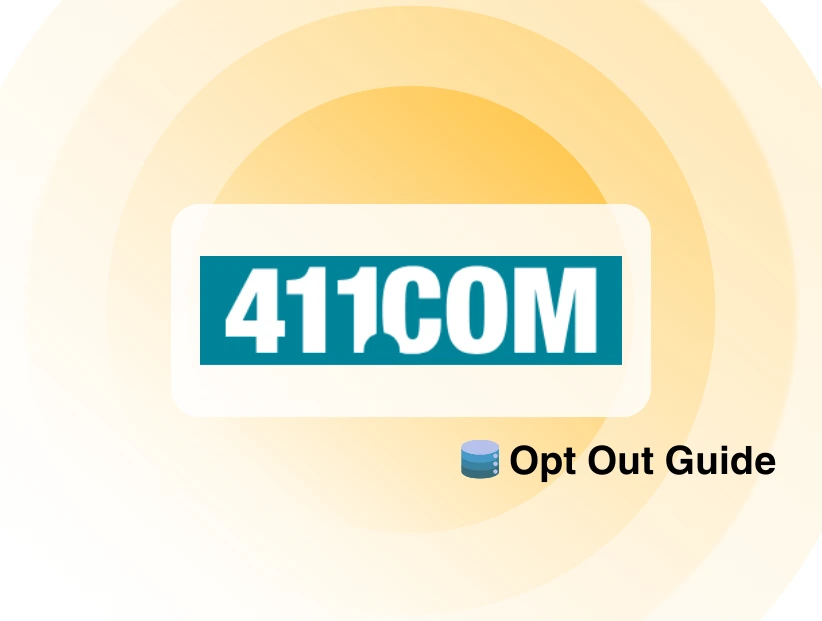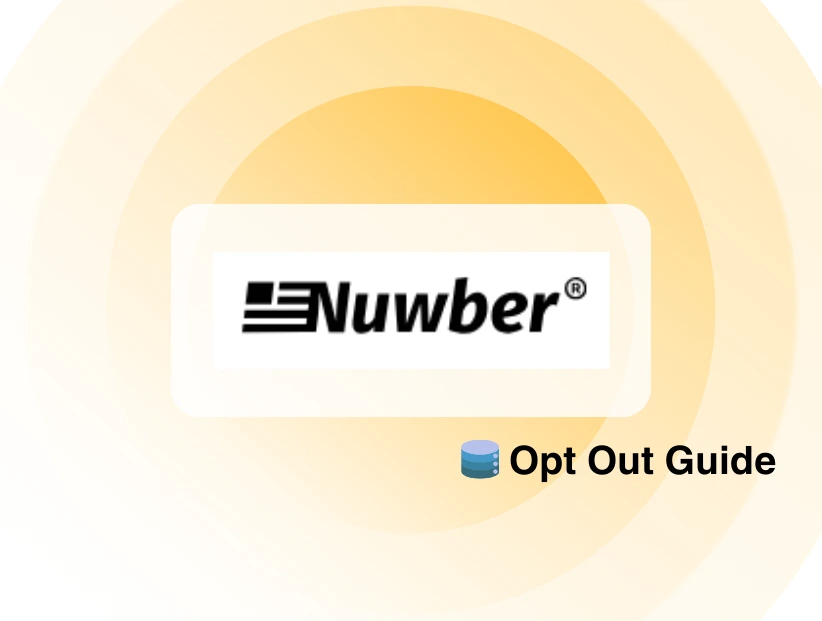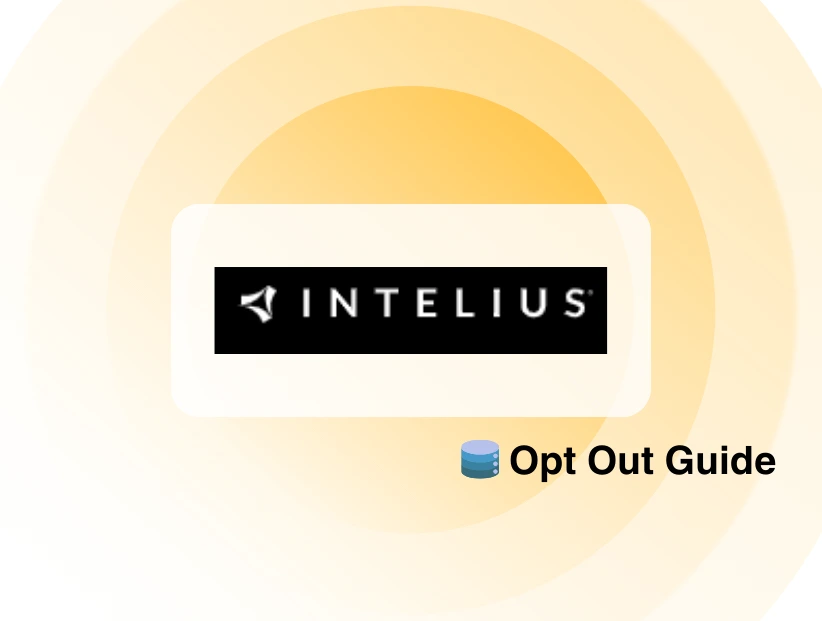Cybercriminals are always searching for valuable data—once your information is exposed, it can be exploited indefinitely!
A shocking new data breach has surfaced, compromising the security of 602,800 Yahoo email accounts.
The dark web post advertising the Yahoo email accounts does not confirm whether passwords are included. However, cybersecurity experts warn that leaked datasets frequently contain essential data.
What Happened in the Yahoo Data Leak?
A hacker using the name "exelo" is selling the Yahoo database on a notorious dark web forum, offering a free sample of 50,000 accounts to entice buyers.
While the entire contents of the leak remain undisclosed, such breaches often include sensitive data, such as:
- Email addresses: Fueling spam and phishing attacks
- Hashed passwords: Crackable with brute-force methods
- Backup email addresses: Making account recovery fraud possible
- Other personal details: Useful for identity theft and social engineering
My data was breached through Yahoo! Mail. My email address my Social Security number is on the black web due to the Yahoo breach. The government spies on US citizens through illegal FISA warrants. Everything I own says made in China. I’m allowed to order from Temu and Sheen. My… pic.twitter.com/dJ3srwkhkG
— Mika007USA (@Mika007USA) January 18, 2025
Discover if Your Most Critical Identifiers Have Been Exposed on the Dark Web
Receive timely alerts and actionable insights with PurePrivacy's Dark Web Monitoring.
Yahoo's Troubled History With Data Breaches
Unfortunately, this is not Yahoo's first major data breach. The company has been targeted multiple times in the past:
- 2014 Breach – Hackers stole 500 million user accounts, exposing names, phone numbers, and encrypted passwords.
- 2013 Breach – Over 1 billion accounts were compromised in a separate incident.
- Ongoing Dark Web Sales – Older Yahoo datasets have been repackaged and resold, misleading buyers into thinking they are acquiring new data.
With a history of massive security failures, Yahoo users must remain vigilant and take proactive measures to protect their accounts.
What Are the Risks of This Data Leak?
If your Yahoo email address is part of this leak, cybercriminals may already be targeting you. Here's how your data could be used:
Account Takeover: Reused passwords could give hackers access to multiple online accounts.
Phishing Scams: Cybercriminals may impersonate Yahoo to trick you into providing even more sensitive information.
Identity Theft: Leaked data can be exploited to commit fraud, open accounts, or impersonate victims.
Credential Stuffing Attacks: Hackers use exposed email-password combinations to breach other platforms where users may have reused credentials.
How to Protect Your Yahoo Account NOW!
There's a need to implement preventive security methods immediately:
Change Your Passwords
Update your Yahoo account password immediately. Use a unique, strong password and avoid reusing old credentials.
Enable Two-Factor Authentication (2FA)
This extra layer of security can prevent unauthorized access, even if your password is compromised.
Monitor Your Accounts
Keep an eye on your emails for suspicious login attempts or password reset requests.
Beware of Phishing Attempts
Be cautious of unexpected emails asking for personal information or login credentials.
How to Prevent Future Data Breaches
Once your data is leaked, it remains vulnerable forever. Immediate action is crucial!
Use a Password Manager: Securely store and generate complex, unique passwords for each service.
Regularly Update Security Settings: Periodically review and enhance your online security configurations.
Activate Dark Web Monitoring: Enable PureVPN dark web monitoring to get real-time alerts about when and where your data is leaked on dark marketplaces.
Enable PureVPN's Dark Web Monitoring
Here's how you can use Dark Web Monitoring and take action before it's too late:
- Install PureVPN on your device or update your existing VPN app.
- Visit the Members Area to get access.
- Go to Dark Web Monitoring from the main menu.
- Select Add Assets to Monitor.
- Add your email address, SSN, credit card number, passport number, and phone number.
- Mention the code sent to your registered number and you’re done.
7. Take the recommended steps if your data is part of a breach.
8. You can mark the breaches as resolved.
Frequently Asked Questions (FAQs)
-
How do I check if my Yahoo account was leaked?

Your email could be part of this breach if you have a Yahoo account. You can use PureVPN dark web monitoring to check for exposure and data leaks.
-
Were passwords leaked in the Yahoo breach?

It is unclear whether plaintext or hashed passwords were included. However, changing your password is highly recommended.
-
How does this leak compare to Yahoo's past data breaches?

While 602,800 accounts may seem smaller than Yahoo's previous breaches, user data is sold on the dark web suggesting ongoing security issues.
Secure Your Online Identity
Once your data is leaked, it can be exposed at various times on different platforms. The repeated security failures at Yahoo show that we need strong encryption, better access controls, and proactive security measures on enterprise and individual levels.





